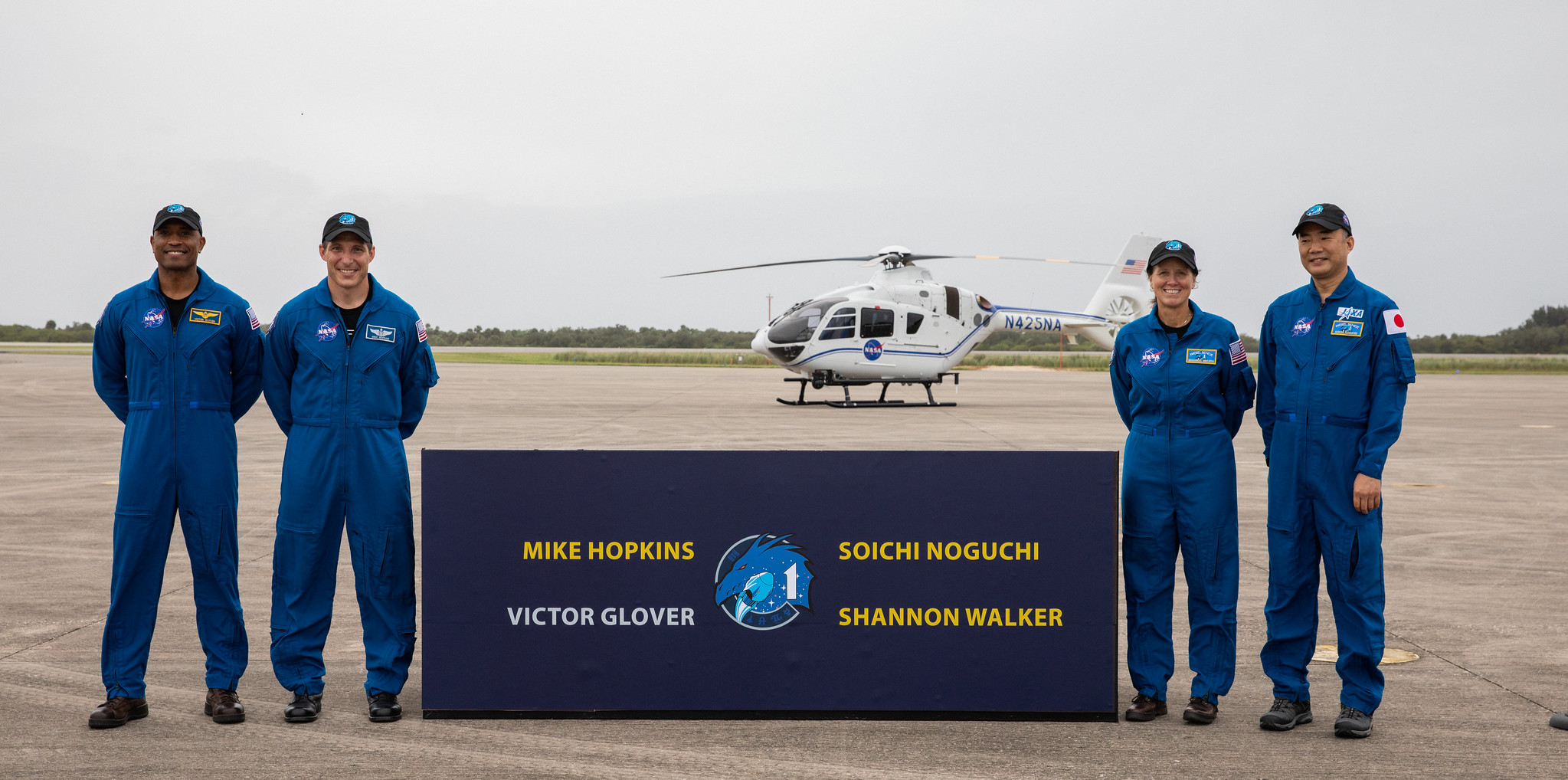
For SpaceUpClose.com & RocketSTEM
KENNEDY SPACE CENTER, FL – NASA‘s Crew 1 astronauts arrived at Florida’s Spaceport Sunday afternoon, Nov. 8, for their six month mission launching to the International Space Station (ISS) from American soil late this week on Nov. 14 as the SpaceX Crew Dragon spacecraft was successfully integrated with the Falcon 9 rocket that will carry the four person multinational team to orbit from Kennedy Space Center’s historic Launch Complex-39A for a half year science mission.
NASA astronauts Michael Hopkins, Victor Glover, and Shannon Walker, along with Soichi Noguchi of the Japan Aerospace Exploration Agency (JAXA), landed via plane at the Launch and Landing Facility at Kennedy at 1:45 p.m. ET Sunday, Nov. 8 after departing earlier Sunday from Ellington Field near the agency’s Johnson Space Center in Houston.
“On behalf of the crew of Resilience, on behalf of our families, we want to say a big ‘thank you’ to all of the people at SpaceX, at NASA, and in the (Department of Defense) who have been working tirelessly to get us to this point. It’s really been an incredible effort by an incredible group of people,” said Hopkins at a media opportunity, who will also serve as the mission’s commander. “As for the crew: we’re ready.”
The quartet of astronauts from the US and Japan arrived safely in between heavy rain deluges and hefty winds from Tropical Storm Eta dumping lots of rain in the central Florida region and the Spaceport after flooding parts of southern Florida and hitting with tropical force winds of 65 mph on an erratic path.
Stormy, variable and uncertain weather is expected all week so the overall weather impact is hard to predict.
However the Falcon 9 static fire test has already be delayed a day from Monday to Tuesday because of rain and winds said NASA astronaut Glover.
Liftoff of the SpaceX Falcon 9 Crew-1 mission aboard Crew Dragon spacecraft from KSC Launch Complex 39A is targeted for 7:49 p.m. EST Saturday, Nov. 14, during an instantaneous launch time.
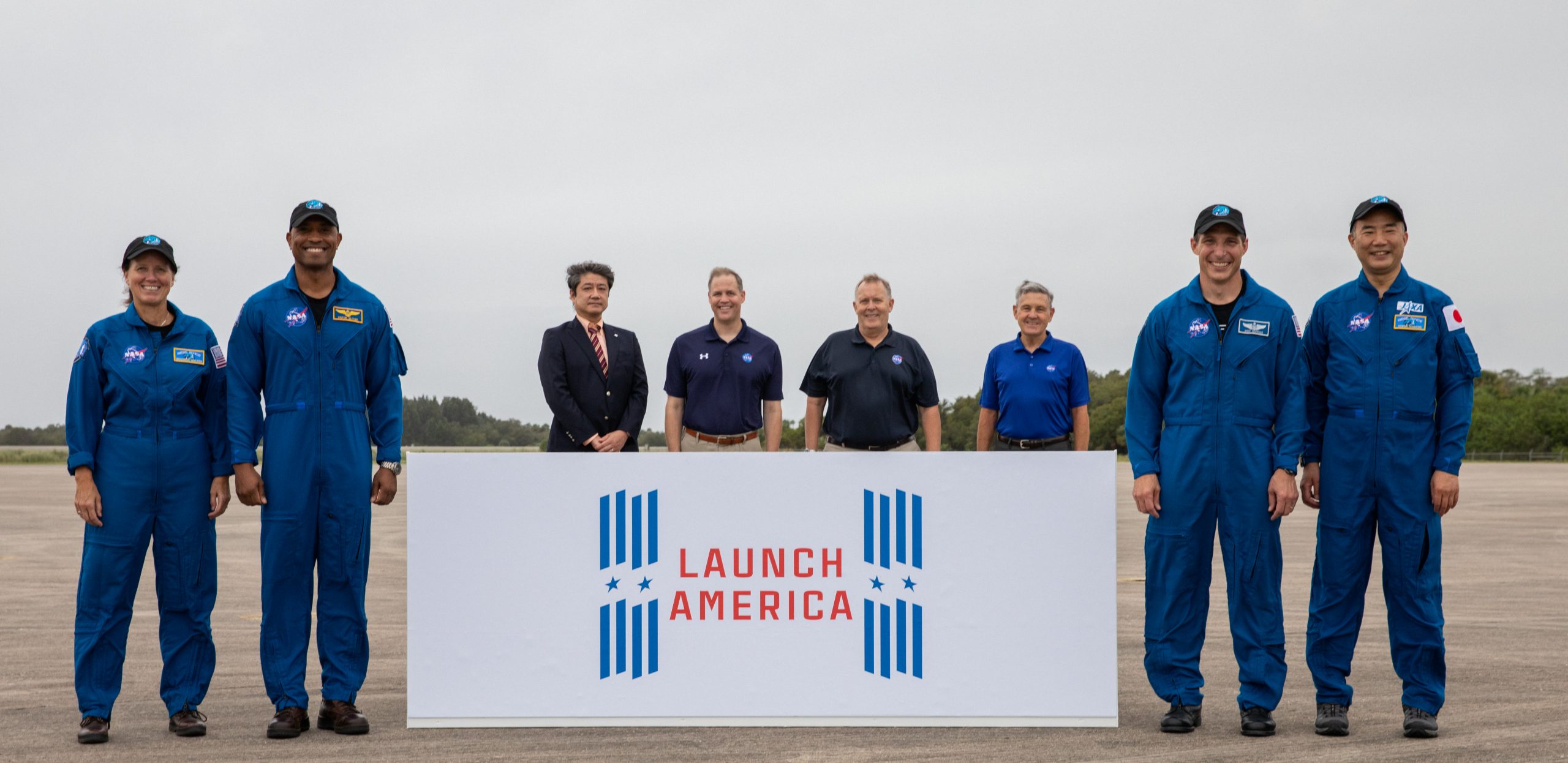
The Crew-1 astronauts were greeted upon arrival by NASA and JAXA leadership at the launch site for a brief welcome ceremony including NASA Administrator Jim Bridenstine and the media.
“Today we are taking another big leap in this transformation in how we do human spaceflight. What we’re talking about here is the commercialization of space. NASA is one customer of many customers in a very robust commercial marketplace in low-Earth orbit,” NASA Administrator Jim Bridenstine said.
“We’re transitioning from test flights to operational flights. Make no mistake, every flight is a test flight when it comes to space travel, but it’s also true that we need to routinely be able to go to the International Space Station.”
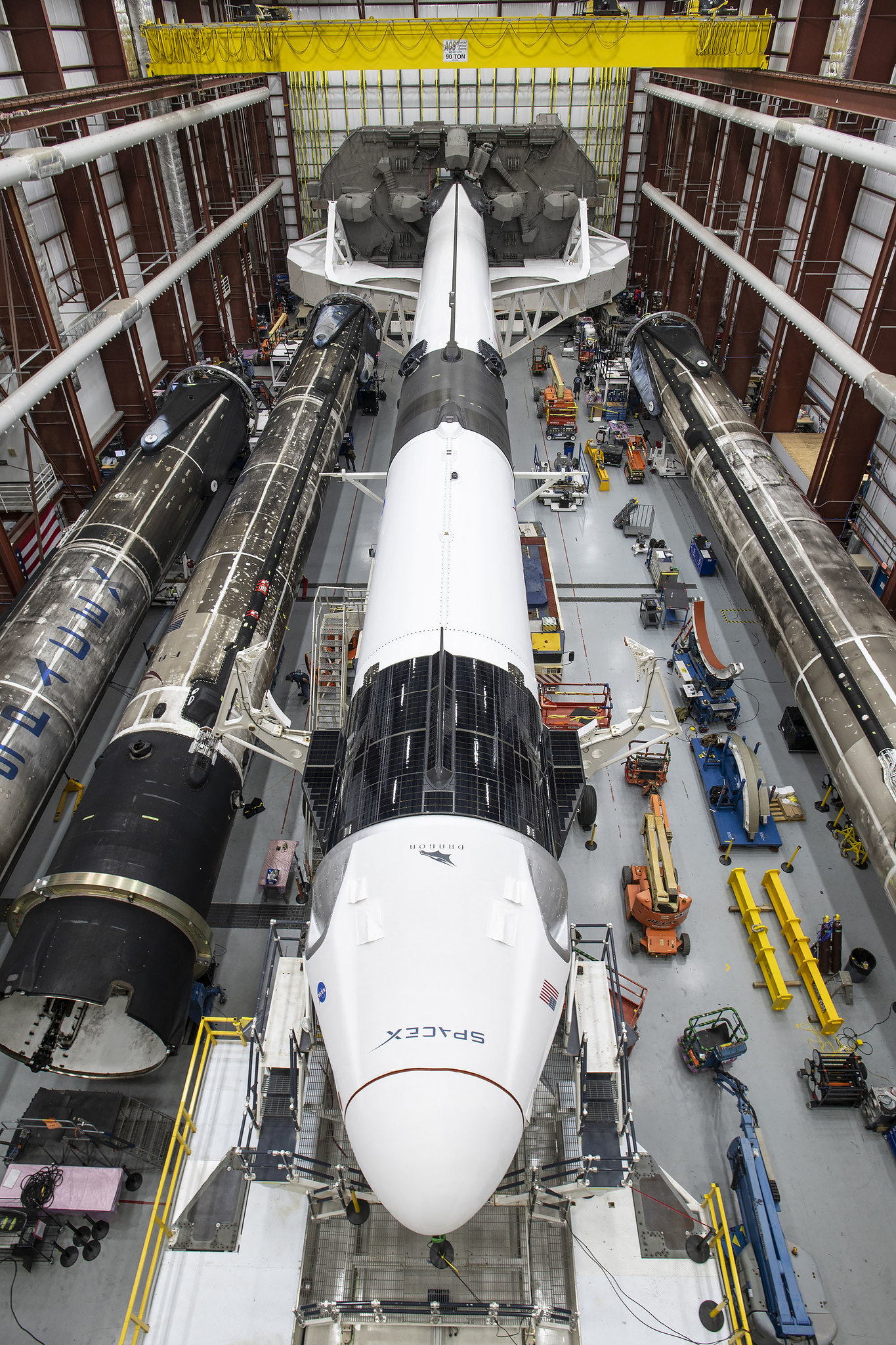
Meanwhile SpaceX’s commercial Crew Dragon spacecraft named Resilience arrived at KSC pad 39A on Thursday, Nov. 5, the same day that SpaceX launched another Falcon 9 rocket from nearby pad 40 on Cape Canaveral Air Force Station carrying the fourth GPS series III mission to orbit for the U.S. Space Force.
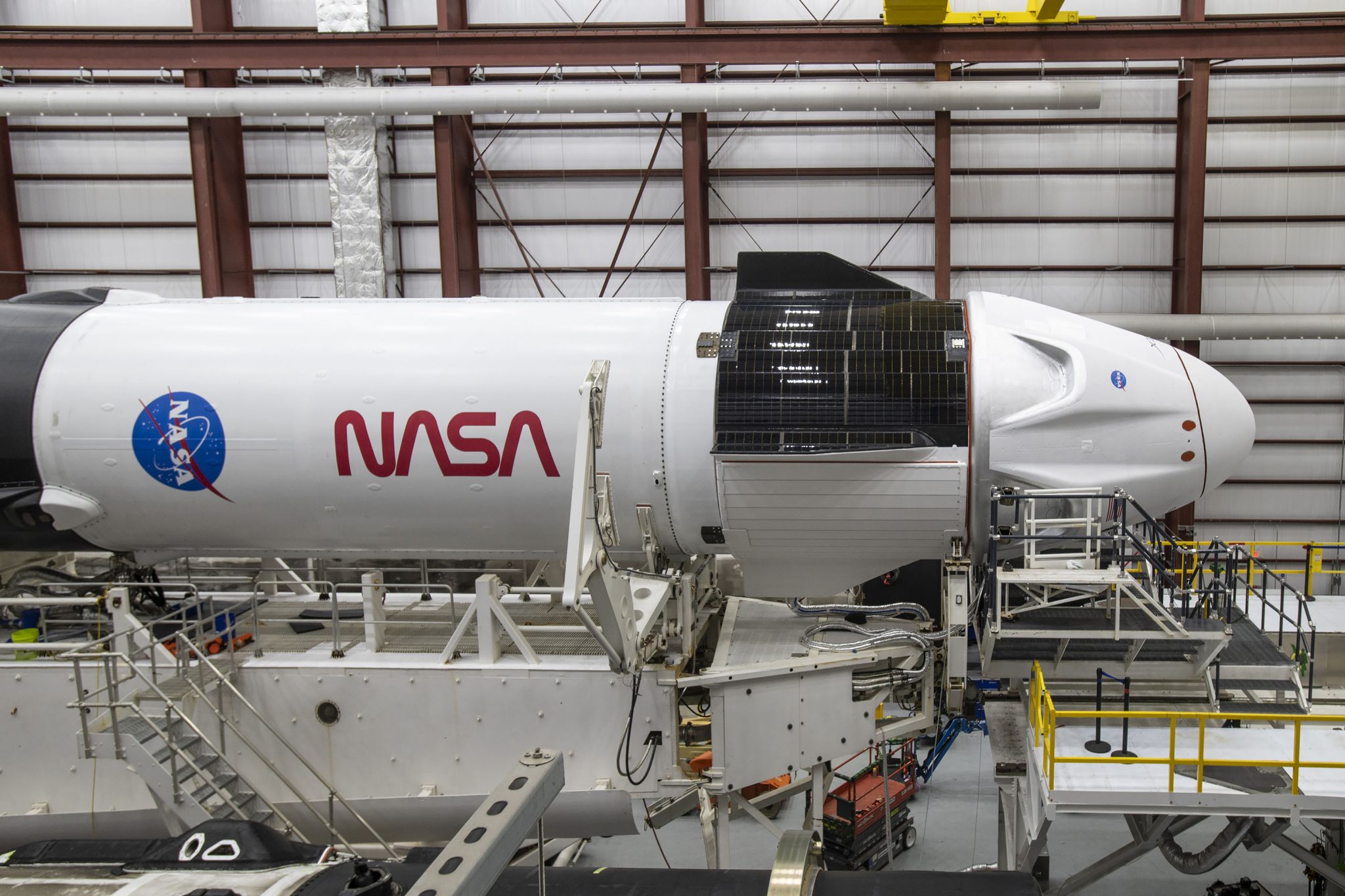
Resilience has now been joined to the Falcon 9 rocket that will carry her and the four person crew to the ISS by technicians working at the SpaceX processing hangar outside pad 39A.
Crew Dragon and Falcon 9 in the hangar at Launch Complex 39A ahead of launching four astronauts to the @space_station; liftoff targeted for Saturday, November 14 at 7:49 p.m. EST pic.twitter.com/dlMrPUpr4d
— SpaceX (@SpaceX) November 9, 2020
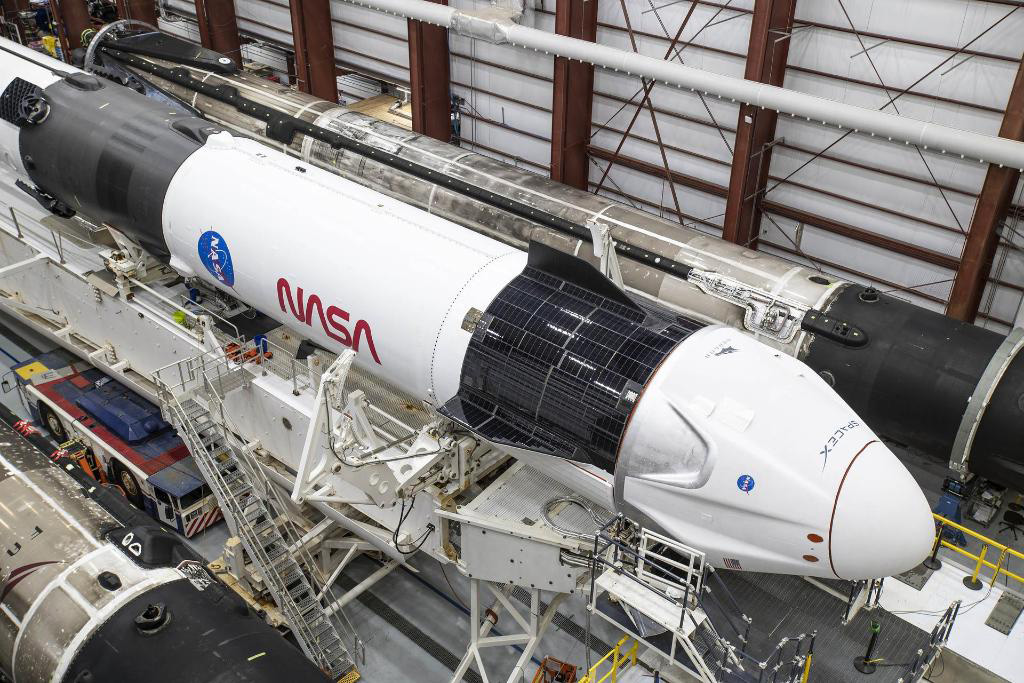
“It is really exciting; I can’t tell you how great it is to be able to welcome a crew here to go to space again. I envy each and every one of you,” said Kennedy Space Center Director Bob Cabana. “This whole effort to commercialize low-Earth orbit – this is just a giant step in making that happen.”
#ICYMI: The Crew-1 astronauts arrived at Kennedy Space Center yesterday to start final preparations for liftoff! 🚀
Tune in at 1:15 p.m. ET today for a Virtual Crew Media Engagement as the astronauts answer questions live from the Astronaut Crew Quarters: https://t.co/1XQVljTkIl pic.twitter.com/butv7h87Le
— NASA's Kennedy Space Center (@NASAKennedy) November 9, 2020
The four person Crew-1 mission marks a major milestone as the the first operational crew rotation mission of a SpaceX Crew Dragon to the ISS and follows the magnificently successful 64 day long Demo-2 flight of two NASA astronauts Bob Behnken and Doug Hurley launch on May 30.
The history making Demo-1 marked the resumption of US human spaceflight launching American astronauts from American soil on American rockets aboard the new commercial spaceships pioneered by NASA.
The US has been 100% dependent on the Russians for rides to the ISS since the forced shutdown of NASA’s space shuttles in July 2011.
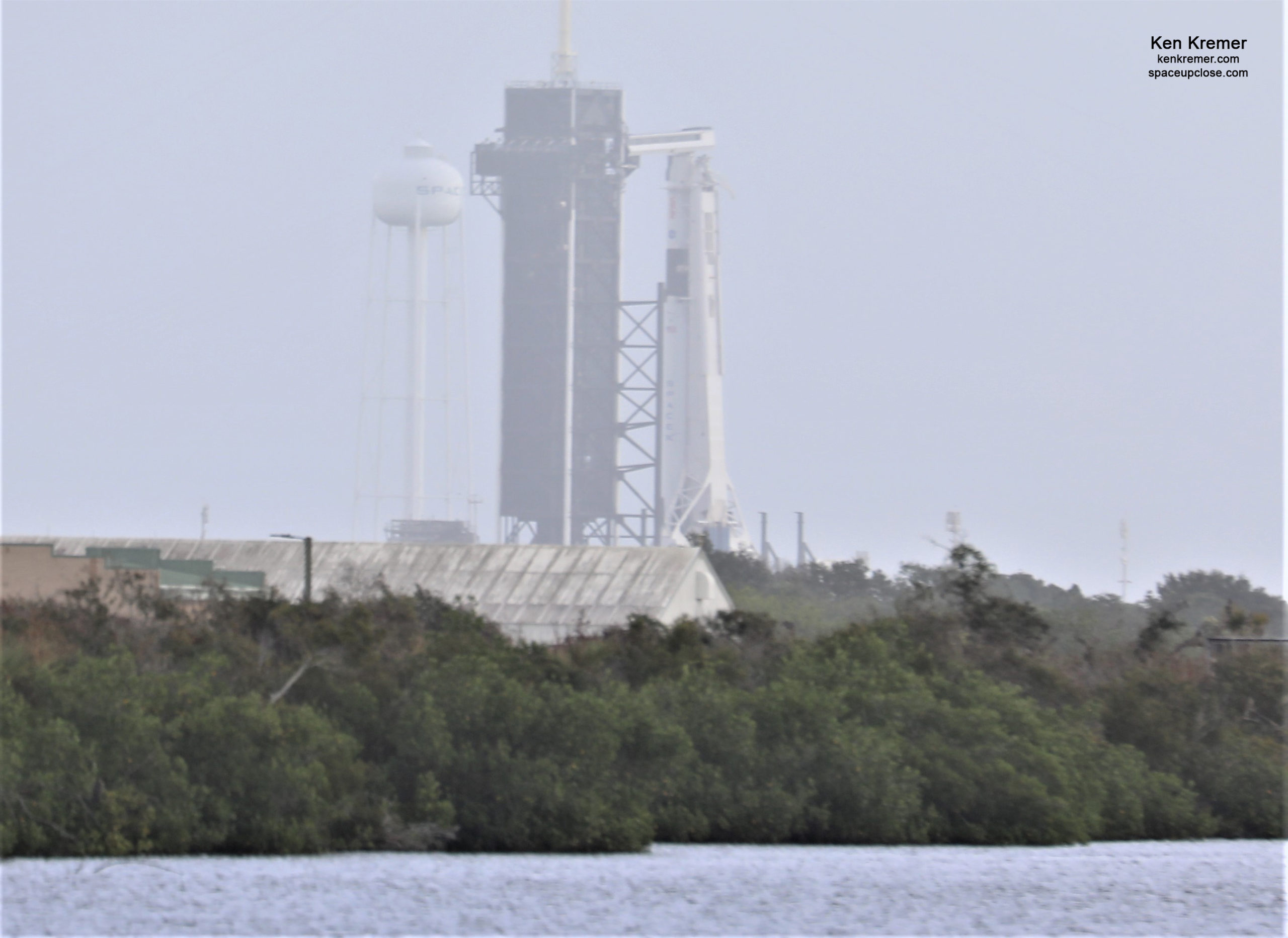
“After launch, the spacecraft, which the Crew-1 astronauts named Resilience, will perform a series of maneuvers, culminating with rendezvous and docking with the space station,” say NASA officials.
Upon their arrival aboard, the Crew-1 astronauts will become members of Expedition 64, joining NASA astronaut Kate Rubins, as well as Expedition 64 commander Sergey Ryzhikov and flight engineer Sergey Kud-Sverchkov, both of the Russian space agency Roscosmos who recently launched on Oct 14 aboard a Russian Soyuz capsule.
The Crew-1 astronauts have named their Crew Dragon spacecraft Resilience – in recognition of the COVID-19 coronavirus pandemic terribly afflicting the entire world.
To date over 239,ooo Americans have died from infection by the coronavirus.
SpaceX plans to recover the Falcon 9 first stage on the ‘Just Read the Instructions’ droneship stationed some 400 miles downrange in the Atlantic Ocean off the Carolina’s coast.
NASA wants to reuse the Falcon 9 first stage on the Crew-1 astronaut mission in Spring 2021.
However Hurricane Eta may interfere with those plans and force a launch delay.
Further details about the Crew-1 mission and NASA’s Commercial Crew Program can be found in the press kit online and by following the commercial crew blog, @commercial_crew and commercial crew on Facebook.
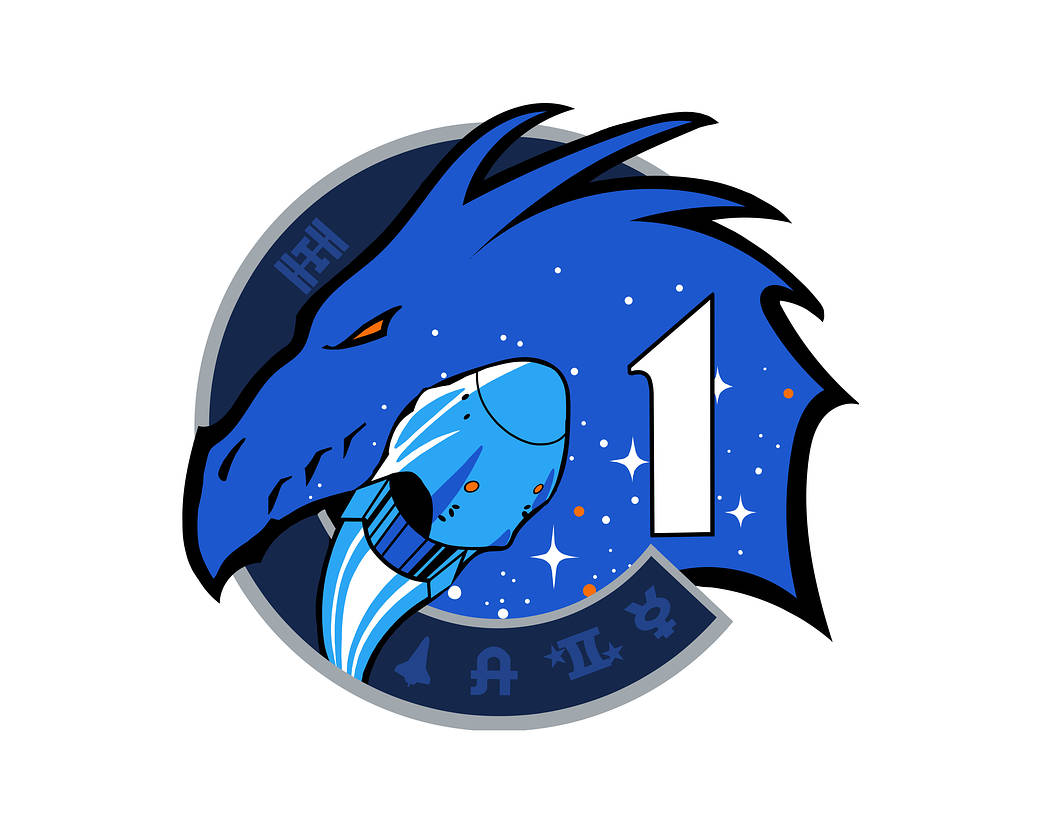
The Crew-1 mission is a major step for NASA’s Commercial Crew Program. Operational, long-duration commercial crew rotation missions will enable NASA to continue the important research and technology investigations taking place onboard the station.
Watch for Ken’s continuing live and onsite reporting from KSC about the Crew-1 mission.
Watch Ken’s continuing reports about Crew Dragon Starlink, Commercial Crew and Artemis and onsite for live reporting of upcoming and recent SpaceX and ULA launches including Demo-2, Starlink, X-37B, Solar Orbiter, Mars 2020 and more at the Kennedy Space Center and Cape Canaveral Space Force Station.
Stay tuned here for Ken’s continuing Earth and Planetary science and human spaceflight news: www.kenkremer.com –www.spaceupclose.com – twitter @ken_kremer – email: ken at kenkremer.com
Dr. Kremer is a research scientist and journalist based in the KSC area, active in outreach and interviewed regularly on TV and radio about space topics.
………….
Ken’s photos are for sale and he is available for lectures and outreach events
Please consider supporting Ken’s work by donating at Patreon:
https://www.patreon.com/kenkremer
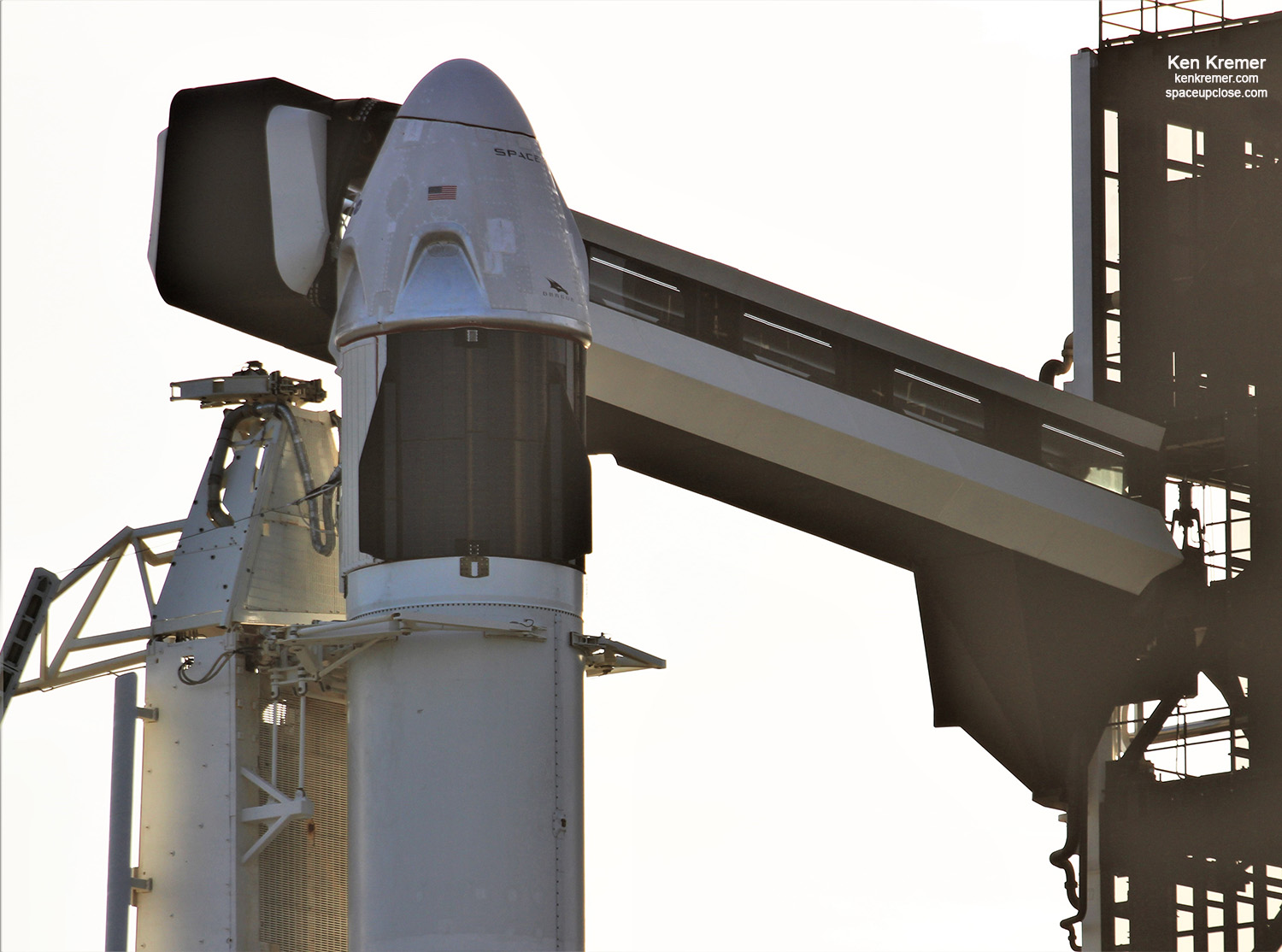
x



